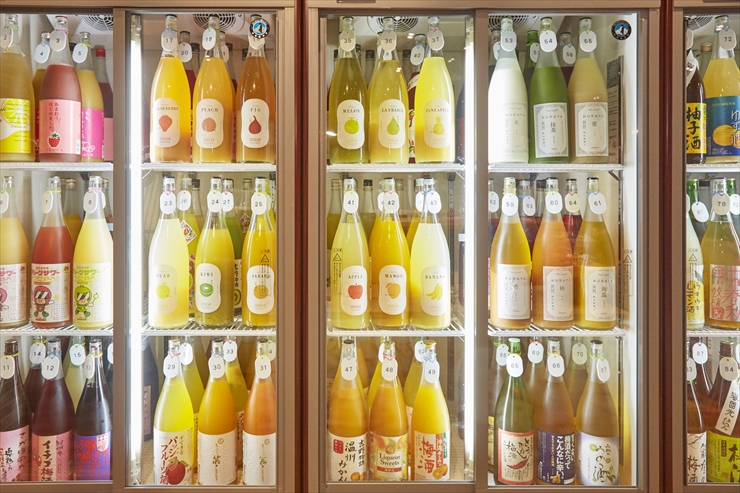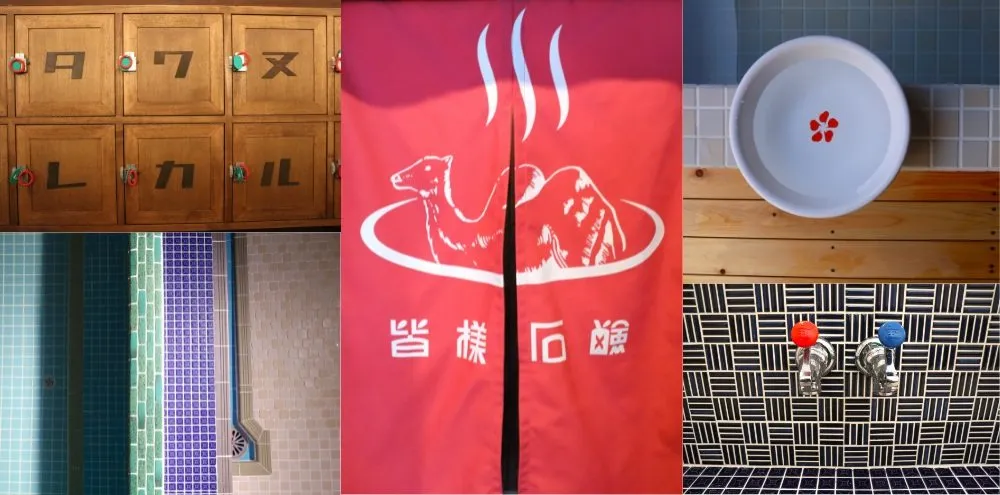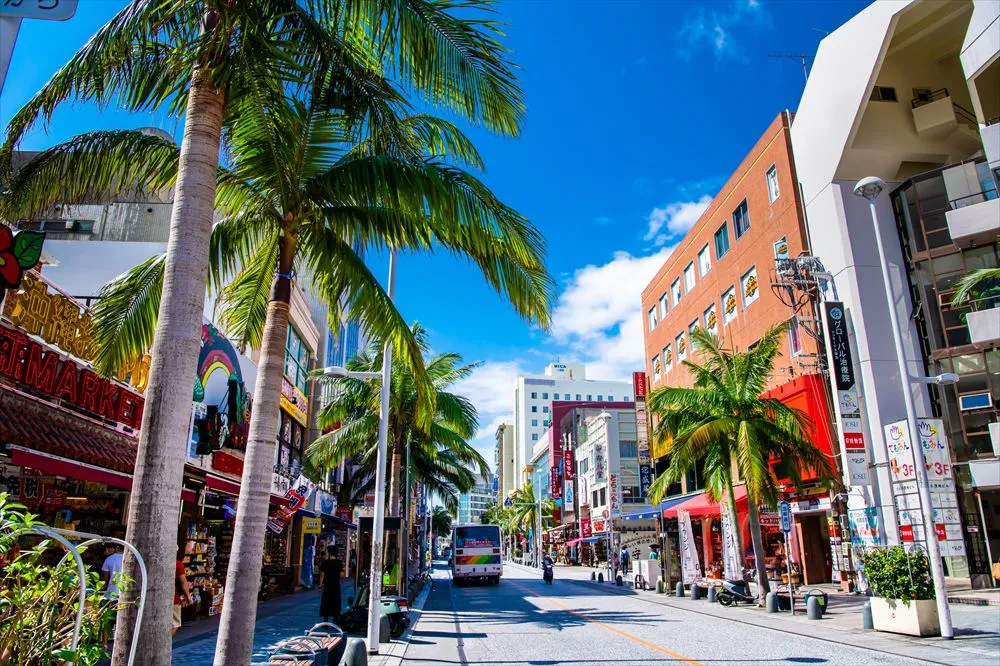Alcoholic beverages with fruit flavors are easy to drink and recommended for people who otherwise get drunk too easily. There are various kinds of fruit liquor in Japan. Try, and find your favorite!
Drinking in Japan: Fruit Liquor
- What Is Fruit Liquor?
- How to Enjoy
- A current boom in Japan is lemon sour!
- The CHOYA series
- Aragoshi-mikan
- Karinshu
- Tsuru-Ume Ichigo
- Shinluchu
- Kodawari Sakaba no Lemon Sour no Moto
- All-you-can-drink Fruit Liquor and Umeshu!
- Squished Lemon Sour
- Lemon Tower Sour
- Icy Lemon Sour
- The 1st Honkaku Shochu and Awamori Cooktail Competition was held!
- The 38th National Sake Tasting Competition Took Place!
What Is Fruit Liquor?
Generally, all kinds of alcoholic beverages, including wine, made from fruit and/or fruit juice by fermentation, are called fruit liquor. Alcoholic beverages made with fruit immersed into shochu or other kinds of alcoholic beverage, such as umeshu (plum liquor) and karinshu (karin liquor), are sometimes called fruit liquor in broader terms. In addition, any other alcoholic beverage with fruit flavors and/or taste, such as cocktails and sours, are also included in this category.

How to Enjoy
While wine is usually enjoyed straight, other kinds of fruit liquor are widely enjoyed with water, hot water, or carbonated water. Some like it with orange juice, cola, milk, or tea. When you have an alcoholic beverage with an alcohol percentage of 25, the best ratio of it with a dilutant is said to be 4:6. Using this ratio as a rough standard, you can create your own strength of drink.

On the Rocks 
With Water 
With Hot Water

With Carbonated Water
A current boom in Japan is lemon sour!
Lemon sour goes well with most of the typical Japanese pub dishes, such as yakitori (chicken on a skewer) and kara-age (deep-fried chicken). New recipes of lemon sour have been developed, helping to promote an unprecedented lemon sour boom in Japan. Lemon Sour

Lemon Sour
The CHOYA series
CHOYA
This is an authentic umeshu series with the brand name of CHOYA, one of Japan’s leading liquor producers. The CHOYA AGED 3 YEARS is characterized by its rich aroma, mildness, and deep aftertaste. Enjoy it as it is, on the rocks, or with carbonated water, as you like.

Aragoshi-mikan
Umenoyado Shuzo
With orange pulp, this liquor is like a dessert. This “aragoshi” product series includes momo (peach), ringo (apple), and lemon. It is recommended to enjoy it on the rocks.

Karinshu
Ayakiku Sake Brewing
This is a liquor made from karin (Chinese quince) from Manno Town (Kagawa Pref.), a town well known as a “karin village.” It is recommended on the rocks, with carbonated water, or with hot water.

Tsuru-Ume Ichigo
Heiwa Shuzo
This is a winter limited product made from Tochiotome (strawberry from Wakayama Pref.) blended with umeshu. The brewery also makes liquors using yuzu and natsumikan citruses from Wakayama Prefecture. It is recommended to enjoy it on the rocks, with carbonated water, or with milk.

Shinluchu
Kirin
This apricot liquor is made with apricots immersed into liquor, with honey. There are various ways to enjoy it, including with water, hot water, carbonated water, orange juice, cola, or on the rocks.

Kodawari Sakaba no Lemon Sour no Moto
Suntory
Just pour a portion of this product into a glass with ice cubes and add some carbonated water, and you can make an authentic lemon sour just like the ones served at restaurants and pubs.

All-you-can-drink Fruit Liquor and Umeshu!
SHUGAR MARKET
This place offers an all-you-can-drink package of 100 kinds of fruit liquor and umeshu. You can order various serving styles, including on the rocks, with carbonated water, and blend, and bring in any food you want. The package also includes vanilla ice cream, so you can enjoy fruit liquor poured over the ice cream. The branches are in Shibuya and Shinjuku, Yokohama, and Fukuoka. 3,240 yen (no time limit), 2,160 yen (90 min.), and 1,080 yen (30 min.)

© Liquor-innovation, Inc. All Rights Reserved. https://shugar.jp/market/
Squished Lemon Sour
Ingredients
-60 mL of shocu-korui
-150 mL of carbonated water
(Standard ratio of shochu and carbonated water is 2:5)
-2 lemons
-Some ice cubes
Directions
(1) Cut the lemons into 4 pieces with a vertical cut and a horizontal cut. Cut each of the 4 pieces into halves to get a total of 8 pieces from 1 lemon, therefore a total of 16 pieces from 2 lemons.
(2) Freeze 12 pieces of the 16 pieces of lemon and put the remaining 4 pieces into the fridge.
(3) Put both the frozen pieces and chilled pieces of lemon into a glass, pour the shochu-korui over the lemons, add the carbonated water into the glass, and stir briefly with a muddler.

Lemon Tower Sour
Ingredients
-70 mL of shochu-korui
-280 mL of carbonated water (Standard ratio of the shochu and carbonated water is 1:4)
-1 lemon -1 tablespoon of honey
Directions
(1) Cut the lemon into thin round slices with a thickness of 5 mm or less, place the slices in a row on a sheet of plastic wrap, cover the lemon with another sheet of plastic wrap, and place it in a freezer.
(2) Pour the shochu-korui and honey into a glass, stir it well with a muddler, and place the “tower” of the frozen lemon slices from (1) into the glass so that it will be sticking out of the glass upright.
(3) Pour the carbonated water into the glass and stir it briefly.

Icy Lemon Sour
Ingredients
-50 mL of shochu-korui
-200 mL of carbonated water (Standard ratio of shochu and carbonated water is 1:4)
-1 lemon-flavored popsicle (without any milkfat)
Directions
(1) Pour the shochu-korui and carbonated water into a glass and stir it briefly with a muddler.
(2) Place the popsicle in the glass and drink it while stirring it. (When you’ve finished the drink, you can pour additional shochu-korui and carbonated water as you like)

The 1st Honkaku Shochu and Awamori Cooktail Competition was held!
The cocktail that won the 1st prize was “Han-nari.”

The 38th National Sake Tasting Competition Took Place!
In the international division, about 30 participants from more than 10 countries tried sake tasting and competed with each other!

Comment from the winner: I’m very honored and excited to win the first prize. At first, I was worried because I didn’t have any knowledge about Japanese sake but I learned a lot about many kinds of sake and ways to enjoy them. (Chaeyun Kim) 





